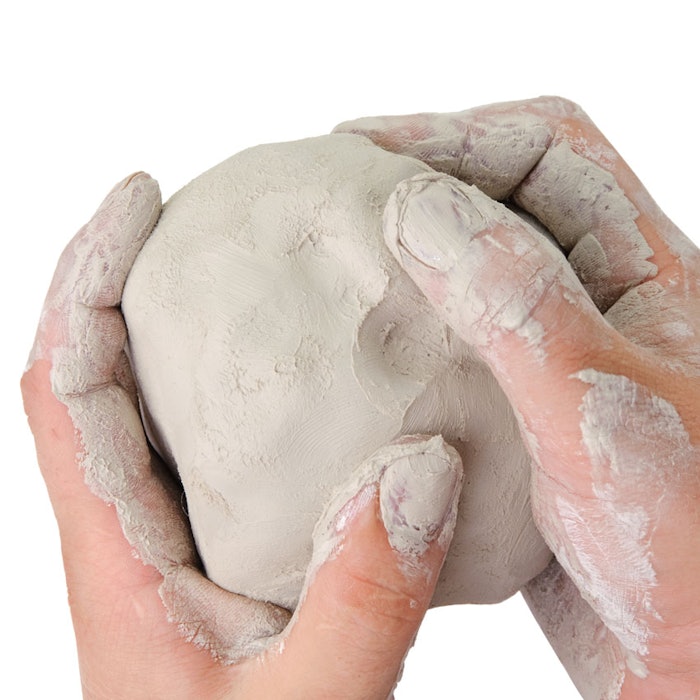
New work from the Pontificia Universidade Catolica do Rio de Janeiro, Universidade de São Paulo and Norwegian University of Science and Technology explores how to tune the mechanical behavior of interfaces, which could improve the stability of emulsions and/or microemulsions without the need for surfactants.
According to the article, published in Nature, the ability to adjust the mechanical behavior of interfaces means controlling the dynamics of interface breakup and coalescence, which could change the phase diagrams of emulsions and enable the design of complex dispersions for various applications.
In the present study, colloidal clay in water suspensions was evaluated since it exhibits several bulk phases depending on concentration and ionic strength. From confocal Raman microscopy and elasticity measurements, the researchers determined the clay trapped at two-dimensional interfaces between oil and water also exhibited confined glass-like or gel-like states.
The authors note these findings could apply to the preparation of stabilized colloidal emulsions or colloidal capsules; furthermore, they could lead to new emulsion or encapsulation technologies.









